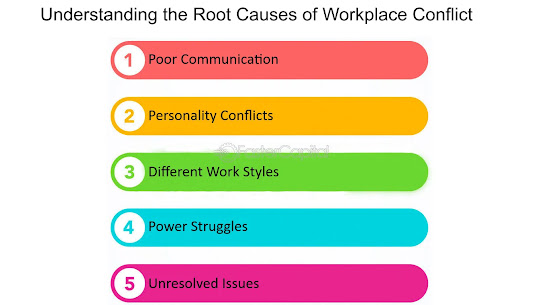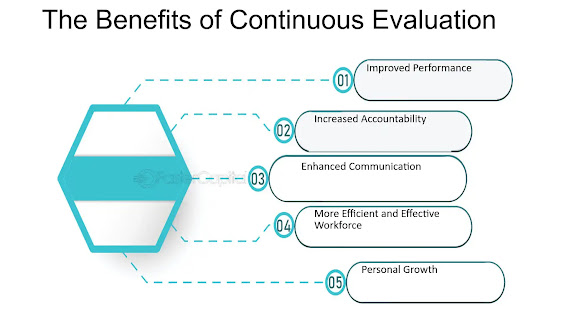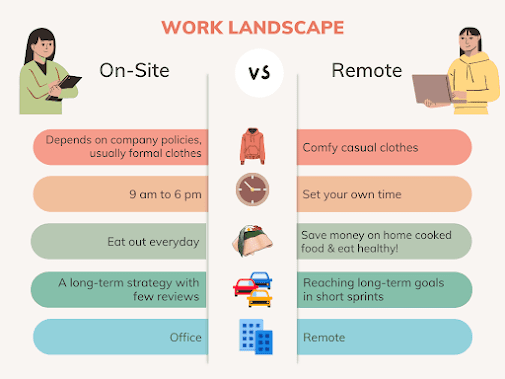There will inevitably be conflict in any workplace. However, team dynamics, employee morale, and overall productivity are significantly impacted by how businesses handle and resolve dispute. Departments of human resources (HR) are crucial in promoting effective dispute resolution procedures. Experts in human resources can develop strategies that work and provide the necessary support to help reduce the negative consequences of conflict and create a more positive work environment.
- Recognizing conflict at work is essential to effective management. HR practitioners should be aware of signs of conflict, such as growing tension within the team, low output, or recurrent arguments. Establishing channels for candid feedback and discussion can assist HR in anticipating possible issues before they become more serious.
- To effectively address conflict, it's crucial to identify the ro
ot causes. Conflict can stem from a multitude of factors, including personality differences, communication styles, work habits, or opposing priorities. To effectively resolve conflict, HR professionals should be proactive in identifying its core cause.
- Promoting open communication is crucial in resolving workplace problems. HR should allow employees to share their problems and frustrations in a secure and nonjudgmental setting. When mediating dispute discussions, HR professionals must be able to listen actively, empathize, and remain objective.
- HR should mediate and resolve employee problems. This could include facilitating discussions between opposing parties, assisting them in understanding each other's points of view, and guiding them to mutually acceptable solutions. HR should maintain neutrality and impartiality during the mediation process.
Conclusion
Reference
- Thomas, K. W., & Kilmann, R. H. (1974). Thomas-Kilmann Conflict Mode Instrument. Tuxedo, NY: Xicom.
- Robbins, S. P., & Judge, T. A. (2019). Organizational Behavior (18th ed.). Pearson.
- Fisher, R., Ury, W., & Patton, B. (2011). Getting to Yes: Negotiating Agreement Without Giving In. Penguin.
- De Dreu, C. K. W., & Gelfand, M. J. (2008). The psychology of conflict and conflict management in organizations. In S. Zedeck (Ed.), APA handbook of industrial and organizational psychology














.webp)













